Saving Seeds: Grow Your Best Garden!
Saving Seeds
We all know the ONLY downside of farm fresh goodies is that they can get pretty pricey! While a variety of fruits and veggies are essential to a healthy diet, it’s never nice to see your grocery bill increasing… Growing your own fruits and vegetables can be a huge money saver, especially when you’re saving seeds!
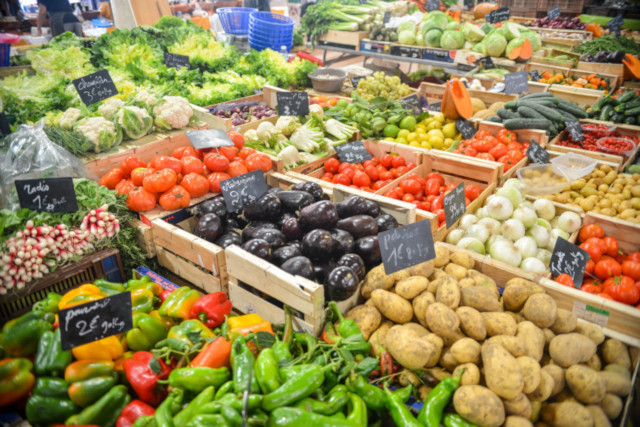
Saving seeds will allow you to develop your own unique assortment of plants specific to your garden and your taste buds. You can trade seeds with fellow gardeners, and save initial gardening costs by avoiding seed packets from new and trendy catalogs. While all this sounds fantastic, you have to keep a few factors in mind when saving seeds. It is essential that you label all your seeds carefully. Include the date of harvest, plant variety, storage date, and any other useful information. You must also be careful to dry all your seeds thoroughly to prevent mold from growing during storage.
Open-Pollinated vs. Hybrid Plants
You must also watch for whether your plants are open-pollinated or hybrid varieties. Hybrids are deliberately bred to have desirable traits such as disease resistance and fast-ripening capabilities. Hybrids do not make good parent plants. Plant breeders deliberately cross-pollinate certain varieties of plants in order to grow the best fruit or vegetable. You can find these kind of fruits and vegetables in grocery stores. Open-pollinated plants are natural plants like the ones you grow in your backyard. They make great parent plants. They will ensure your produce is natural and unaltered. Though the results may vary, you will have much more control over the genes in the plants that grow.

Self-Pollinated vs. Cross-Pollinated Plants
It is essential to know what plants are self-pollinated versus cross-pollinated. Self-pollinated plants do not require other plants to develop seeds. The seeds that form in these plants will carry the exact genetic material as the parent plant. This means the results are easier to predict.
Cross-pollinated plants receive pollination from other plants of the same species. They can share pollen with other varieties of cross-pollinated plants which can cause parent plants to produce unexpected results. It is important to plant different varieties a sufficient distance apart in your garden to ensure they do not share pollen and affect the seeds they produce. If you’re worried about a specific plant variety, see if it’s listed below, or try a quick Google search of the species in question!
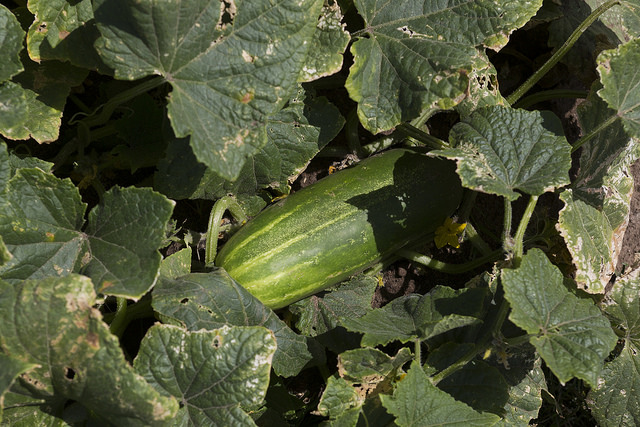
Save the Best to Get the Best
When saving seeds, ensure you select only the best plants. Since diseases can be passed on from plant to plant through the seeds, you must make sure your plants are free of diseases. Be sure that the parent plants you choose are the absolute best varieties you can grow to give your new plants the best chance at survival.
Beans and Peas
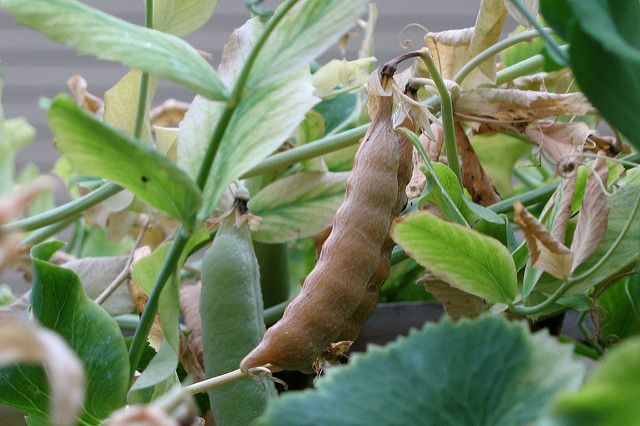
Beans and peas are self-pollinating, so there is little concern for cross-pollination. When saving seeds from beans and peas, leave the seed pods on the plants until they turn brown and most of the leaves have fallen off. Pull up the entire plant and hang in a cool, dry place to dry for 2 weeks. Once the plant is completely dry, remove the seeds from the pods and store them in a paper bag for up to 3 years. To prevent mold from growing, store them in a cool, dry place.
Tomatoes
There are a few more steps to take when saving seeds from tomatoes. Due to the pulpy nature of tomatoes, you need to mash the whole, slightly overripe tomato and soak, completely covered, in water for three days. Cover the container and stir the water once or twice. The mixture will ferment and go moldy. The pulp from the tomatoes will float while the viable seeds will sink to the bottom. Remove most of the pulp from the top of the container. Strain the viable seeds through a sieve and rinse the pulp away with clear water. Let the seeds dry for at least a week on paper plates or newspaper. After, store the seeds in a cool, dry place for 4 to 5 years.
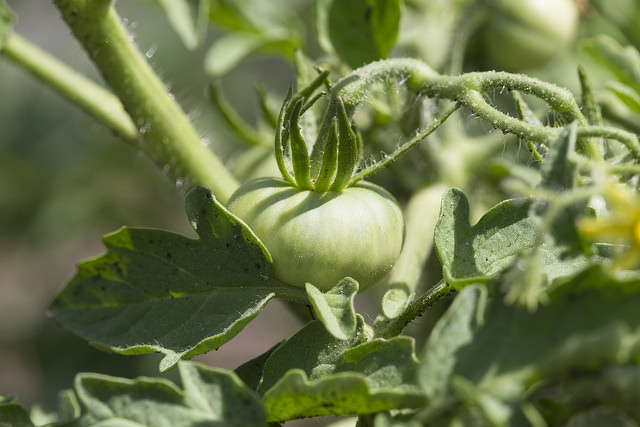
Peppers
Saving seeds from peppers is relatively simple compared to the lengthy process involved in saving tomato seeds. Simply allow the peppers to ripen and begin to shrivel slightly on the plant. Cut the pepper open and remove the seeds. Spread the seeds on a paper plate or newspaper to dry for about two weeks and then store in a sealed container for up to 2 years.
Research, Research, Research!
Saving seeds can vary in difficulty depending on the type of plant you wish to grow. There are many variables to consider when saving seeds, and while a few essential variables were outlined here, there are many more resources to find online when starting to save seeds from your own garden. A great place to start is MotherEarthLiving.com for some more information on the basics of saving seeds.
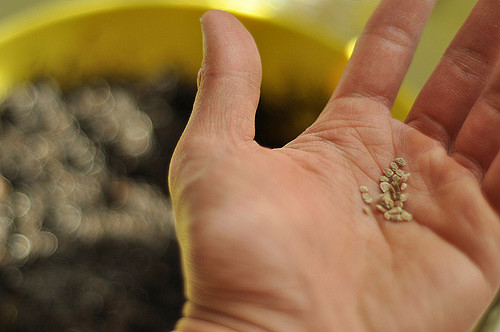
It is also essential to give your seeds the best opportunity to grow by planting them in the best soil in the industry. BigYellowBag has proven time and time again that our soil is the absolute best for any of your garden needs. Check out this blog to see why.
